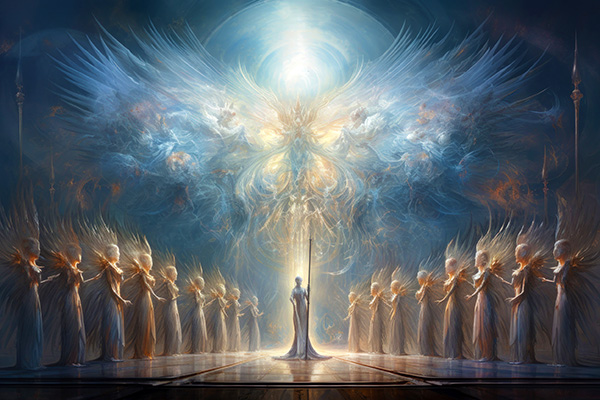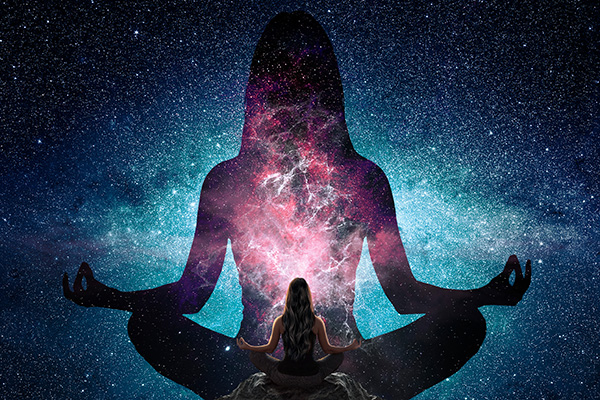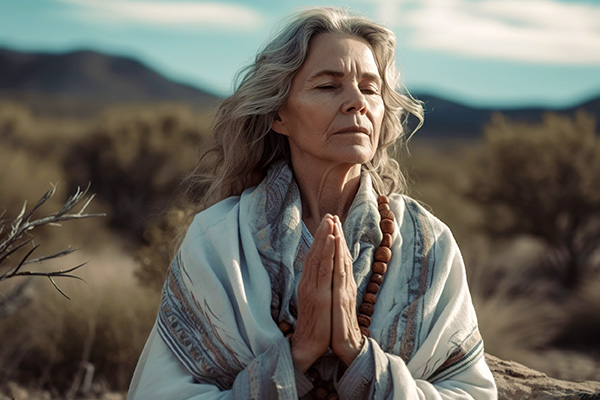spiritual practice
Heal Your Life With The Great Law
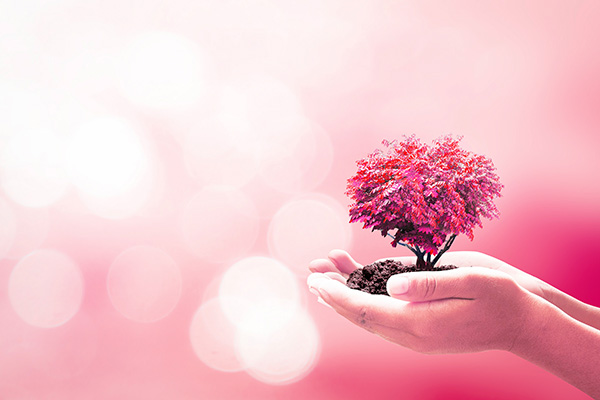 Do you have a lot of recurring drama in your life and the same negative situations repeating again and again? Do you keep attracting the same kind of toxic people and energy thieves into your life?
Do you have a lot of recurring drama in your life and the same negative situations repeating again and again? Do you keep attracting the same kind of toxic people and energy thieves into your life?
If so, you may benefit from learning more about the laws of karma and how to apply them in your everyday life, as these universal laws can transform your life for the better if we honor them in our spiritual practice and daily life.
Hindu and Buddhist spirituality recognizes 12 Laws of Karma. The first and most important of these is The Great Law, also known as the Law of Cause and Effect. This fundamental karmic law has helped me a lot to uncomplicate my own life since my spiritual awakening.
The Great Law teaches that whatever we sow, we shall reap. Every cause has an effect. Whatever put out into the world will eventually come back to us. Even the good and bad things we wish upon others will return to bless, or curse us.
Once we understand the role of The Great Law in our life, we become more aware of how we can eliminate negative patterns in our life and begin to attract more positive, new things.
The energy we emanate each day in the form of thoughts, wishes, fears, desires, attitudes, and beliefs will determine what will return to us as manifested experiences, events and circumstances.
Intention is everything in karmic law. For example, you start dating someone, but you live in fear of that person leaving you, or betraying you, so you are emanating an energy frequency of fear. In the end, it is very likely that you will lose that person. Fear attracts fear, love attracts love, and gratitude attracts gratitude. It’s that simple.
The Power Of Ansuz During Mercury Retrograde
 Mercury is going retrograde again today and, as always, I am already seeing many issues with miscommunication, unnecessary conflict, and misunderstandings come up in readings. I am also picking up a lot of nervous energy with clients.
Mercury is going retrograde again today and, as always, I am already seeing many issues with miscommunication, unnecessary conflict, and misunderstandings come up in readings. I am also picking up a lot of nervous energy with clients.
Mercury Retrograde really affects our ability to communicate, and especially to listen and understand each other. My best advice always in these times is to not get sucked into arguments to easily, as both parties usually got it wrong to begin with. Stay calm, pay attention and find out the facts, before you lose it prematurely…only to regret it later.
The next retrograde begins today and lasts until November 29, 2025. The full shadow phase around this retrograde (both pre-shadow and post-shadow) spans from about October 21, 2025 (pre-shadow began) to December 16, 2025 (post-shadow ends).
If you are looking for new ways to support your energy during this retrograde period, try my go to technique. I connect with the energy of understanding and patience using a specific rune, which I use for meditation in these times, and as a symbol to carry with me until the retrograde is over.
The rune I am talking about is Ansuz. It’s the rune associated with the throat chakra, because symbolizes the energy of clear communication and using the right words. It carries the powers of convincing, powerful speech and writing, wisdom, analytical thinking and reason, and the ability connecting and network with others.
I frequently used this rune when I used to be work in the corporate world. It helped me a great deal to calm my nerves when I had to speak in front of many people at meetings and presentations.
Heal Your Home With The Power Of Water And Air
 Your home is your refuge. It is where you re-charge your energy like a battery. It is so important to make it a sacred, safe, healing place for you and your family.
Your home is your refuge. It is where you re-charge your energy like a battery. It is so important to make it a sacred, safe, healing place for you and your family.
When your home’s energy is aligned, you feel more peaceful, more vital, more connected, and you open the door to prosperity, abundance, and well-being.
It always surprises me how many people forget to include spiritual principles and metaphysical resources in their approach to home care. People work to keep their homes clean, pay all their utility bills on time, install fences and security systems, and make sure everyone inside is well-fed and hopefully happy.
But few consider that the home protection and harmony doesn’t come from physical maintenance alone. It comes from energy.
Your home’s energy field needs just as much attention as its walls, pipes, roof, and locks. And yet, few people take proactive steps to cleanse, harmonize, and elevate the energetic well-being of the space they live in every day. It’s not just about how your home looks or functions, it’s also about how it ‘feels and flows,’ and how it supports the energy of everyone inside.
Most often it is water and air, the simplest elements of our living space, that that go unattended, and over time this quietly erodes our physical, mental and spiritual health and well-being.
End Of Year Moon And Crystal Energy Work
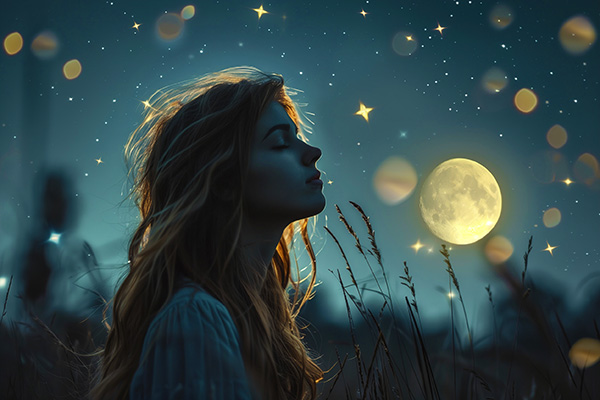 As the days shorten and the year moves toward its close, the moon’s energy becomes an even more potent ally for reflection, release, and new beginning.
As the days shorten and the year moves toward its close, the moon’s energy becomes an even more potent ally for reflection, release, and new beginning.
The final months of this year is a powerful time deepen our relationship with lunar cycles and use crystal allies to support our inner work.
The moon acts as a mirror to our inner landscape. Its cycles guide our rhythm: the new moon beckons us to plant seeds, while the full moon calls us to release what no longer serves. When we intentionally pair lunar awareness with crystal work, we amplify our clarity, access intuition, and align with energies that support transformation.
I once worked with a university professor who, at the cusp of year’s end, felt fragmented by multiple obligations. During a full moon session, we guided her to sense what needed release, using amethyst for clarity and calm. As she held it and journaled, she relinquished projects that drained her energy and discovered space for a new creative initiative born of her deeper passion.
Another client, an actor, had endured months of stagnation in auditions. We chose a new moon moment to plant intentions. He carried citrine to boost confidence and attract aligned opportunities. As he remained intentional through the lunar cycle, his energy shifted…not from anxious striving, but from grounded authenticity. Soon after he landed a role that felt perfectly right!
